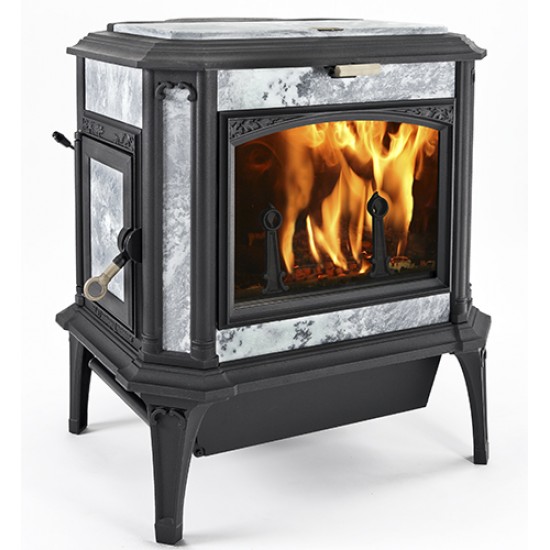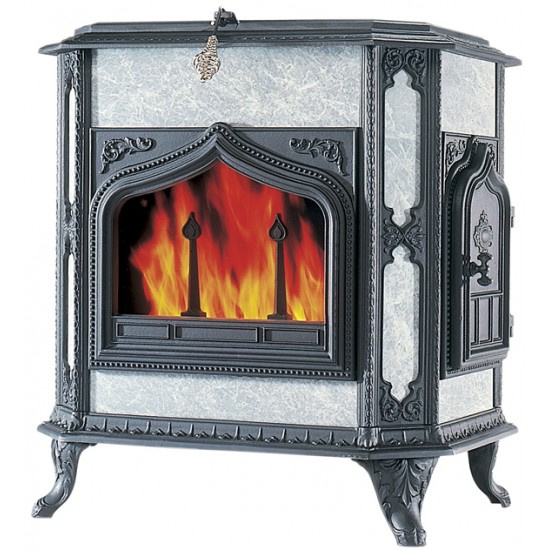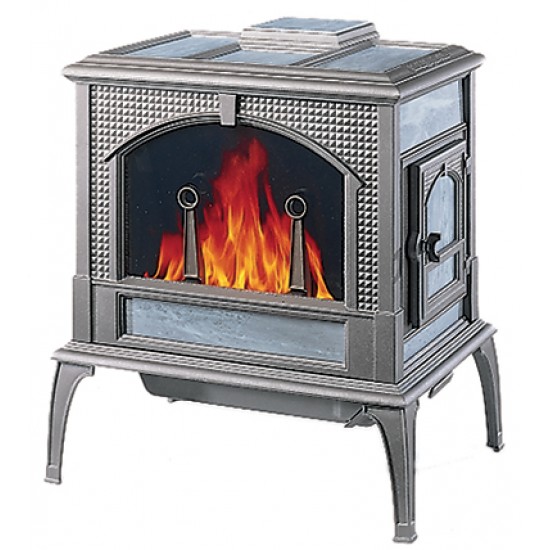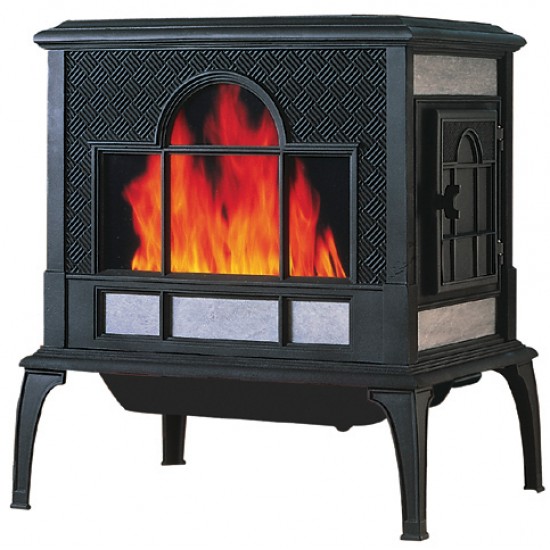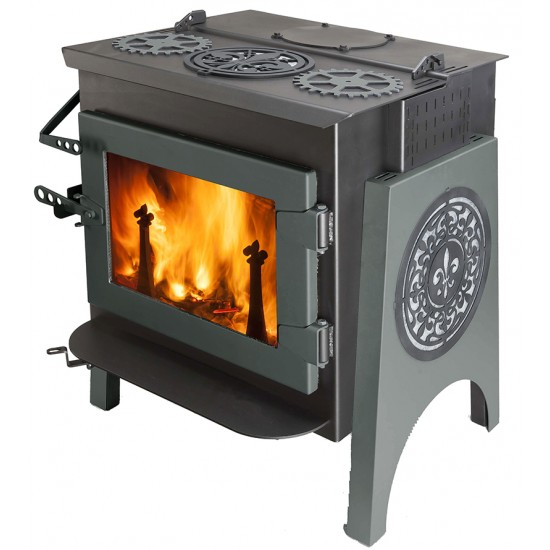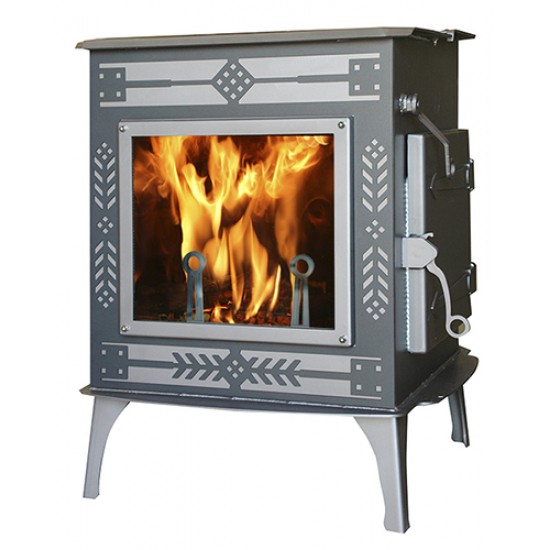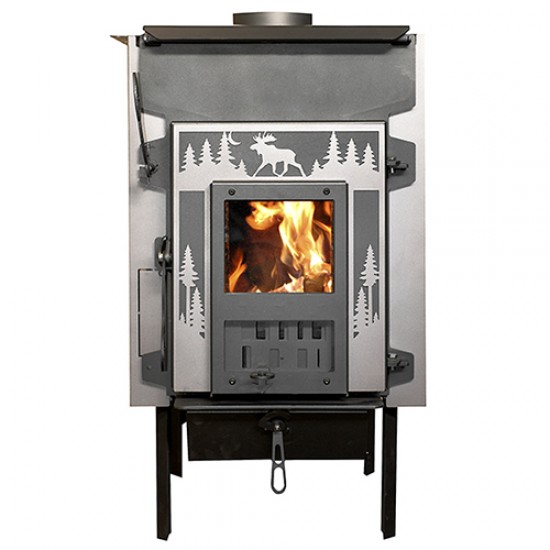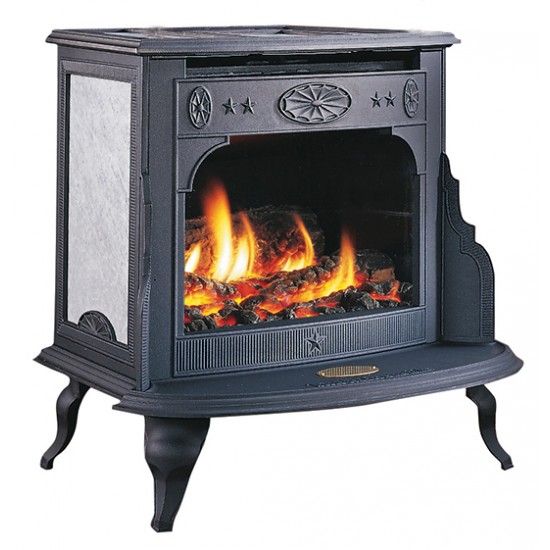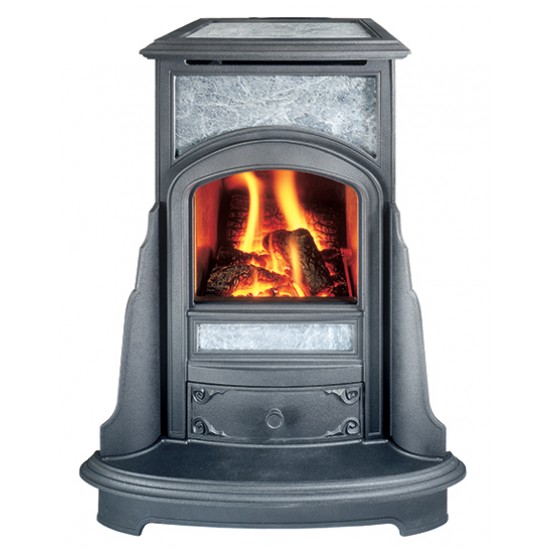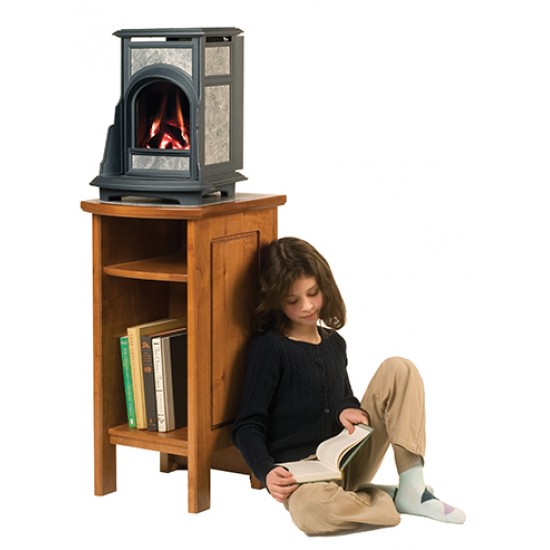
As a factory direct company, we get calls everyday with customers asking
questions about our hybrid technology. If you are curious about hybrid
technology but have not called, please read our Q&A addressing some
of the most commonly asked questions, and be sure to comment below if
you have a question that we have not addressed here.
Q .
What is the biggest difference between the new hybrid stoves and the
more traditional wood stoves made at the Woodstock Soapstone Company
(the Fireview, Keystone and Palladian)?
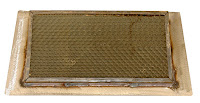 |
| Durafoil Steel Catalyst |
A.
The biggest difference is that hybrid technology allows us to achieve
ultra-low emissions. We developed hybrid stoves as part of a quest to
achieve lower wood stove emissions. The traditional stoves (Fireview,
Keystone and Palladian), are similar to a reliable, fuel-efficient,
family sedan (think Honda Civic). The smaller fireboxes and stainless
steel Durafoil catalysts allow our catalytic soapstone stoves to burn
cleanly and have great low emissions performance. The hybrids have bigger fireboxes and spectacular emissions performance at all outputs.
Nine years ago (in 2007) we started to research ways to make our stoves
burn cleaner. We knew that new EPA regulations were coming. Our 2007
wood stoves (Fireview, Keystone, and Palladian) already met what are now
the 2020 emissions standards, but we made them even better. We
improved the longevity and performance of the catalysts in these stoves
by making them out of Durafoil.
But until we introduced the Progress Hybrid Stove in 2011, all wood
stoves used either a catalytic combustor or a secondary combustion
system to meet EPA emission standards. By combining the two (catalytic
combustor and secondary system) we were able to achieve efficient,
low-emission burns throughout the entire burn range (low-medium-high)
that were dramatic, consistent and predictable.
Q . What is the difference between catalytic combustion and secondary combustion? Is one better than the other, or better together?
A.The
difference really comes down to the temperature needed for each
system (catalytic system and secondary air system) to begin to clean up
emissions. A stainless steel catalytic combustor heats up very quickly
and depending on conditions (wood, draft, operator) it can be engaged
within minutes of loading the stove, or as soon as the internal
temperature is around 400°. Catalytic stoves burn best at low to
moderate burn rates, which tends to be the most common way to operate a
wood stove for overnight and daytime burns while at work. Catalytic
only stoves test with lower emissions and greater efficiency than their
secondary air system counterparts, and do require periodic cleaning of
the catalyst to work most effectively.
The secondary air system requires higher temperatures (between
1000-1100° internally) to start burning the combustible gases in the
wood smoke. Most secondary air only stoves burn best at moderate to
moderately high burn rates, when the internal temperature is at its
peak. Due to the high temperature requirement, secondary air only stoves
have a higher tested emissions level and a lower efficiency than
catalytic style stoves.
If you combine these two separate means of lowering emissions and
increasing efficiency, you have what we would consider the “Gold
Standard”, a hybrid stove that will burn cleanly throughout all the
variations in burn rates and customer operation. Hybrid technology is
uniquely effective at high burn rates where either system may struggle
alone. The hybrid design is also very effective with large firebox
stoves, which can produce a large volume of combustible gas and
particulates.
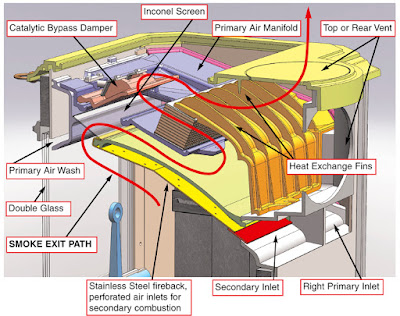 |
| Cutaway view of the Progress Hybrid |
Q . Are there differences, other than emissions, between the hybrid woodstoves and your traditional woodstoves?
 |
| One example of custom art for the Ideal Steel Hybrid |
A. Yes.
As part of the hybrid development process, we have developed ways to
make our new hybrid stoves more efficient, more affordable, and
customizable. These are all “extra” benefits from doing extended
R&D over the last nine years.
Focusing on combustion design to reduce emissions also helped us to make
our stoves more efficient. We discovered that we could make high
performance stoves that were completely affordable if they were
fabricated from steel rather than cast iron. Then we realized that we
could customize stoves made of steel, which would have been
prohibitively expensive with cast iron. Plus, making stoves out of
steel has the added benefit of being fully fabricated in our NH factory,
which ties back into greater affordability and the ability to
customize.
Q . Why are you promoting only the Hybrids during this sale?
A. Partly it’s to focus attention on the Absolute Steel Hybrid,
which we are introducing during this promotion. We’ve made a big
commitment of time, energy, and resources to cleaning up wood burning
technology, so of course we want to talk about it and of course, we want
to keep improving our combustion designs.

